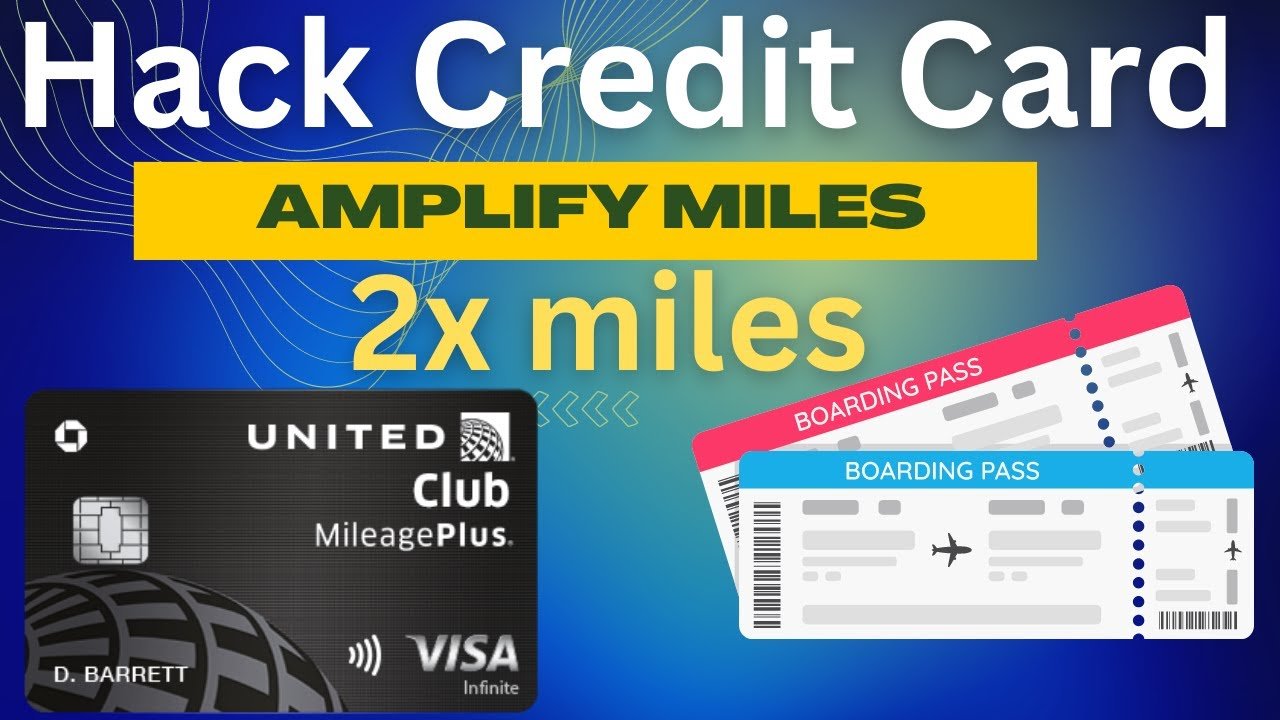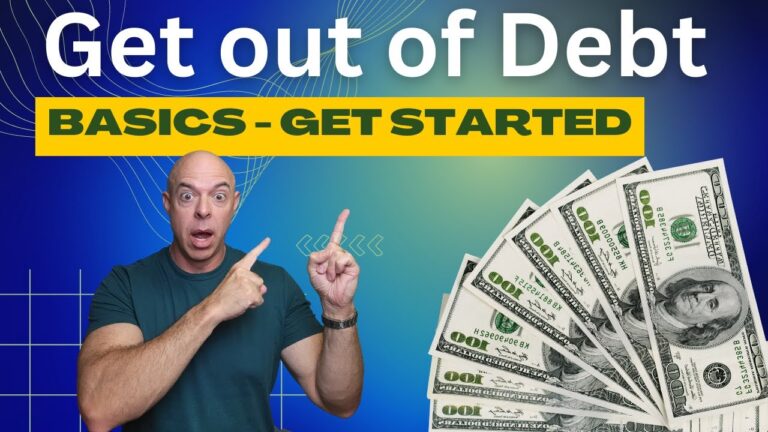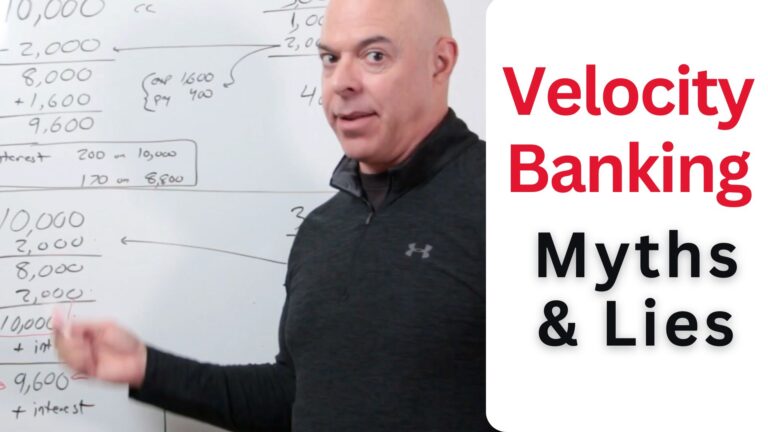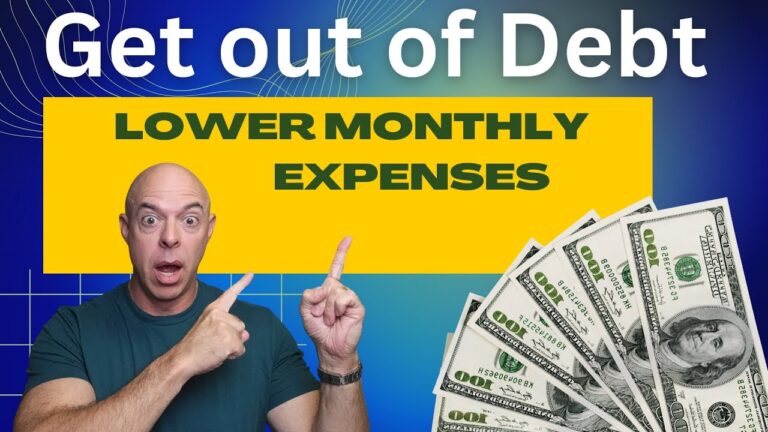United Credit Card Miles Hack
In this example (using a United Credit Card), I’m actually going to show you a card that provides miles (they also call them points), and they seem to use them interchangeably. We want to compare that to a credit card that will give you cashback.
If you’re using a cashback card, it’s very obvious what you’re getting back. You spend ten thousand dollars, you get a percent back, you’re gonna get a hundred dollars back. But when you go on a site such as this one and you want to turn in your miles or points and redeem them for an air flight, what kind of value are you actually getting? Are you getting one percent back as if you would be in cash, or are you getting more?
We’ll show you an example of how you can actually amplify the points that you’ve gotten, and instead of getting the value of one percent, you’re actually going to get the value of two percent and more, as if you had gotten two percent back on that card. We’ll show you exactly how to do it and how to figure out what value you’re getting. You don’t want to spend miles if you’re not getting a good deal. If you’re getting 20 cents per mile, that’s not as good as getting two cents per mile. So when a card says, “We’re giving you one cent per mile” or “one point per dollar spent,” you want to see what does that actually equate to.
In this example, pay close attention. We’ll show you exactly how to use what we call a one cent rule, which is being able to equate a point or a mile to a penny, just like you would one percent of a dollar is a penny. We’ll show you how you can get way more value than the card actually gave you.
So here is the example of how you can amplify your United card points. Here you’ll see that we just picked Washington Dulles over to Miami, particular days we’re looking at, and then we’re going to switch to miles.
I say monies… money. This particular flight, we’ll look at this one, Airbus a319, 9 am – 11:47. Okay, economy. We’ll show on the next page and so will business. Economy is 440, business is 8.95. Go ahead and pay in dollars or let’s see what happens with Miles.
Again, we’re going to look at this Airbus a319. They don’t always load in the same order. It’ll probably come up… there it is, the second one. Okay, economy 18,700.
First, 41,400. So, how do we equate those two? Well, we know that the economy was 440 dollars. We also know that it’s 18,700 miles. Using our penny per mile rule, that comes out to 187 dollars. So, if you use your miles, you’ll get a 440-dollar ticket for 187 dollars.
That means, obviously, that it’s a really good deal, and that you didn’t get one cent per mile; you actually ended up getting 2.35 cents per mile or 2.35% cashback, which is way better than the one percent and the one cent (one point per mile) that they give you.
Looking at First Class, you can get it for 41,400 miles. Using the one cent rule, that’s 414 dollars. Now it was 895 dollars for the ticket, giving you a 2X return. In other words, using your miles instead of dollars will actually get you a cheaper price, and you’re getting twice the amount of miles as you would have gotten. So, while the card says, “Yes, you’re getting one cent per mile,” if you use it on certain flights, certain places, sometimes the deals aren’t as good. But usually on United, they’re better.
So, you’ve actually got 2.35% cashback. That’s phenomenal. That’s how you amplify your rewards by making sure you’re using them efficiently. Sometimes you’ll come in here and you’ll actually end up paying more in miles than dollars, and of course, you don’t want to do that. So, that’s the example of the one cent rule on travel.
Here is some additional helpful reading to learn how to compare miles, points and cash.






